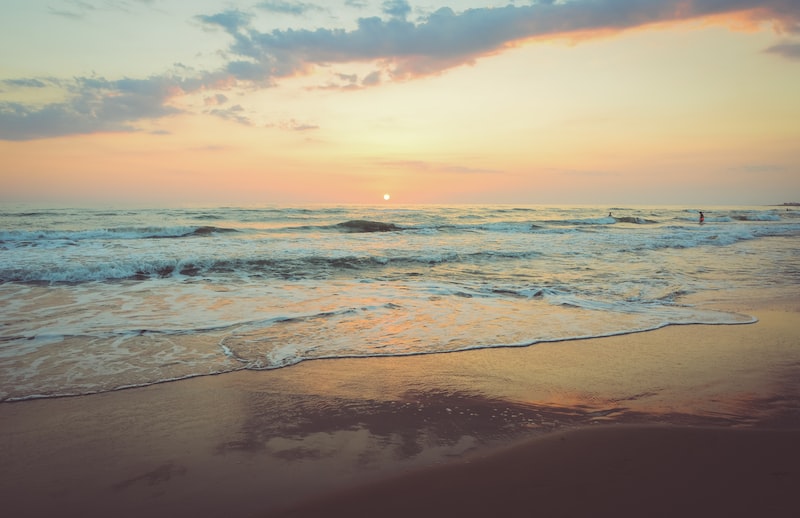Table of Contents
Planning a safari adventure can be an exhilarating experience. The vast landscapes, diverse wildlife, and rich cultural heritage of Africa make it a top destination for nature enthusiasts. However, choosing the right time to embark on this thrilling journey is crucial to ensure an unforgettable experience. In this article, we will explore the best time for an African adventure and discover why it can make a significant difference in your safari planning.
When it comes to selecting the ideal time for your African adventure, the key factor to consider is the wildlife. The Great Migration, one of nature’s most awe-inspiring spectacles, occurs in East Africa between July and October. Millions of wildebeest, zebras, and other herbivores migrate across the Serengeti ecosystem in search of fresh grazing lands. Witnessing this incredible movement of animals is an absolute must for any safari enthusiast.
If you have a particular interest in birdwatching, then visiting during the wet season is highly recommended. Many bird species are more active and vibrant during this time, displaying their colorful plumage and engaging in elaborate courtship rituals. From November to April, the rain transforms the landscape into a lush paradise, attracting a plethora of avian species.
For those passionate about predator sightings, the dry season is the perfect choice. As water sources become scarce, predators gather around remaining watering holes, increasing the chances of observing exciting predator-prey interactions. From May to September, when vegetation is sparse, game drives offer excellent opportunities to spot lions, leopards, cheetahs, and other iconic African carnivores.
Beyond wildlife considerations, the weather also plays a vital role in determining the best time for your safari. Different regions of Africa experience distinct climatic patterns. For instance, Southern Africa has a more temperate climate, making it a year-round destination. On the other hand, East Africa experiences two rainy seasons, which might affect accessibility to certain areas.
when planning your African adventure, it is essential to consider both wildlife and weather factors. Whether you aim to witness the Great Migration, indulge in birdwatching, or seek out thrilling predator sightings, understanding the best time to visit will enhance your safari experience. So, pack your bags, embrace the untamed wilderness, and get ready for an unforgettable journey through the heart of Africa!
Unlock the Wild: Discover Africa’s Best Safari Seasons for an Unforgettable Adventure
Are you ready to embark on a thrilling adventure
in the heart of Africa’s wildlife? Get ready to unlock the wild and experience an unforgettable safari journey. But before you pack your bags and set off, it’s essential to understand Africa’s best safari seasons. By choosing the right time to visit, you can maximize your chances of witnessing awe-inspiring wildlife scenes.One of the prime safari destinations in Africa is the Serengeti National Park in Tanzania. Picture this: vast golden savannahs stretching as far as the eye can see, dotted with majestic acacia trees. If witnessing the Great Migration is at the top of your bucket list, plan your trip between June and October. During this time, millions of wildebeest, zebras, and other herbivores make their way across the Serengeti in search of greener pastures. It’s a captivating spectacle that will leave you in awe.
If you have a special place in your heart for elephants, Chobe National Park in Botswana should be on your radar. The dry season from May to October is the perfect time to visit. As water sources shrink, hundreds of elephants gather along the Chobe River, creating an incredible sight. Imagine watching these gentle giants interact with each other, playfully spraying water, or elegantly crossing the river. It’s a photographer’s paradise and an experience you won’t soon forget.
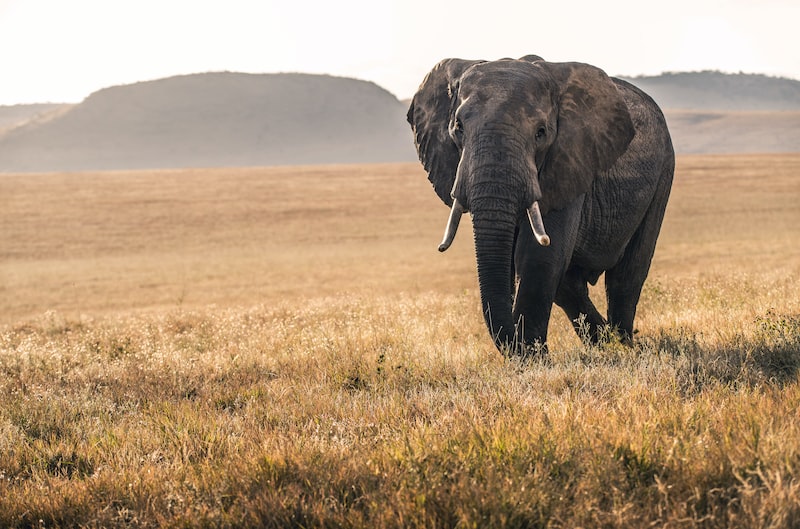
For those seeking an up-close encounter with endangered mountain gorillas, Uganda’s Bwindi Impenetrable Forest National Park is the place to be. While gorilla trekking is possible year-round, the dry seasons from December to February and from June to September offer better visibility and easier hiking conditions. Be prepared for a challenging but rewarding adventure as you navigate through thick vegetation in search of these magnificent creatures.
In Kenya’s Maasai Mara Reserve, the wildebeest migration takes center stage once again. From July to October, witness the dramatic river crossings as thousands of wildebeest brave crocodile-infested waters. The predators lurk, and the tension is palpable. It’s a wildlife spectacle that will leave you breathless and in awe of nature’s raw power.
Africa’s best safari seasons offer different experiences, but all promise an adventure of a lifetime. So, whether you’re chasing the Great Migration, longing to see elephants in their natural habitat, or yearning for a gorilla encounter, plan your journey wisely. Get ready to unlock the wild and create memories that will stay with you forever. Africa awaits your arrival!
Timing is Everything: Find Out When to Embark on Your Dream African Safari
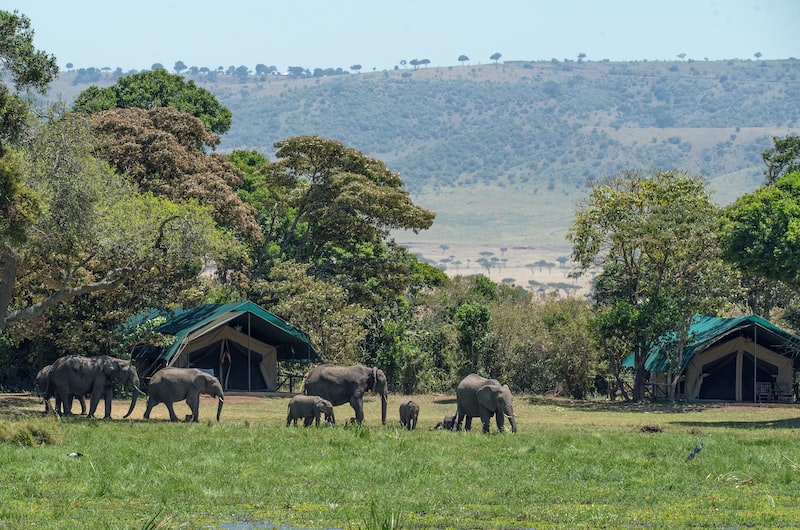
Imagine the thrill of venturing into the heart of the African wilderness, surrounded by breathtaking landscapes and encountering majestic wildlife. An African safari is a dream come true for many adventure seekers, but choosing the right time to embark on this extraordinary journey can make all the difference. If you want to ensure an unforgettable experience, timing is everything.
One crucial factor to consider when planning your African safari is the weather. Africa’s diverse climate varies across its vast continent, so you’ll need to research your desired destination thoroughly. For instance, East Africa experiences two major seasons: the dry season and the wet season. The dry season, typically between June and October, offers excellent game viewing opportunities as animals gather around water sources. On the other hand, the wet season, from November to May, brings lush landscapes and newborn animals, creating a unique and vibrant atmosphere.
Apart from the weather, another element that impacts your safari experience is wildlife migration. Witnessing the Great Wildebeest Migration in Kenya and Tanzania is a sight to behold. Millions of wildebeest, zebras, and other herbivores traverse vast distances in search of greener pastures. To catch this awe-inspiring spectacle, plan your visit between July and September when they cross the Mara River.
If you have a specific animal in mind, like gorillas or elephants, certain months may be more favorable for sightings. Mountain gorilla trekking in Rwanda or Uganda is best during the dry season, particularly from December to February or June to September, when the trails are less muddy. Similarly, if you’re longing to encounter elephants in Botswana’s Chobe National Park, the dry winter months from May to October offer higher concentrations of these gentle giants along the riverbanks.
Considerations about crowd levels should also shape your decision. Some travelers prefer a quieter experience, avoiding peak tourist seasons. However, if you’re seeking a vibrant atmosphere and the chance to connect with fellow explorers, visiting during high season may be more appealing.
Ultimately, the timing of your African safari can greatly impact your experience. By understanding the weather patterns, wildlife migration, animal sightings, and crowd levels for your chosen destination, you can make an informed decision that maximizes your chances of an awe-inspiring adventure. So, start planning your dream African safari today and get ready to embark on an unforgettable journey into the heart of the wild.
Decoding the African Wilderness: Unveiling the Optimal Time to Witness Iconic Wildlife
Are you ready for an adventure in the heart of the African wilderness? Get ready to witness nature’s wonders like never before. In this article, we’ll unravel the optimal time to experience the breathtaking sights and sounds of iconic wildlife. Are you curious? Let’s dive in!
Exploring the African wilderness is an awe-inspiring journey that takes you deep into nature’s embrace. From vast savannahs to dense jungles, this untamed land offers a diverse range of habitats teeming with wildlife. But when is the best time to embark on this unforgettable expedition?
To maximize your chances of catching a glimpse of Africa’s iconic wildlife, it’s crucial to consider the seasons and their impact on animal behavior. While wildlife can be spotted year-round, certain periods offer unique opportunities.
During the dry season, which typically runs from June to October, the vegetation thins out, making it easier to spot animals. Water sources become scarce, drawing animals to concentrated areas, such as rivers and watering holes. This concentration of wildlife increases your chances of observing intense interactions, like predator-prey dynamics or large herds of wildebeest during the Great Migration.
Conversely, the wet season, occurring from November to May, brings lush greenery and an abundance of water. It’s a time of plenty for many species, as newborns arrive, and predators take advantage of the increased prey availability. Witnessing these adorable offspring taking their first steps is an experience that will warm your heart.
To decide the ideal time for your adventure, consider the specific regions and their wildlife highlights. For instance, if you dream of witnessing the Great Migration, plan your trip between July and September when thousands of wildebeest cross the Mara River, facing fierce crocodile encounters.
Keep in mind that weather patterns can vary across different African countries and ecosystems. Researching the specific destination you want to explore will ensure you make the most of your journey.
the optimal time to witness iconic wildlife in the African wilderness depends on your preferences and the specific experiences you seek. Whether you long for dramatic predator-prey interactions or heartwarming moments with newborns, each season offers its own magical encounters. So pack your binoculars, grab your camera, and prepare to be amazed by the wonders of Africa’s untamed beauty. Your adventure awaits!
From the Great Migration to Big Five Encounters: Choosing the Ideal Season for Your African Safari
Are you ready for an epic adventure into the heart of Africa? From the awe-inspiring Great Migration to thrilling Big Five encounters, an African safari promises a once-in-a-lifetime experience. But when is the ideal season to embark on this remarkable journey? Let’s delve into the details and discover the best time for your African safari.
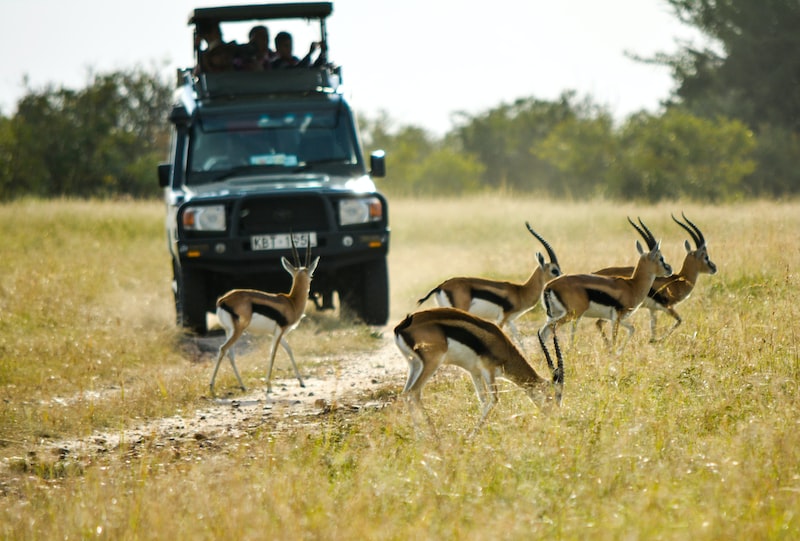
Picture this: vast grasslands stretching as far as the eye can see, teeming with millions of wildebeest, zebras, and other wildlife. This is the Great Migration, a natural spectacle that should be on every safari-goer’s bucket list. To witness this incredible event, plan your trip between July and October. During this period, the migration reaches its climax in Kenya’s Maasai Mara and Tanzania’s Serengeti, offering unrivaled sightings of animals navigating treacherous river crossings and surviving against all odds.
If you’re seeking up-close encounters with Africa’s iconic Big Five – lions, elephants, buffalos, leopards, and rhinos – timing is key. The dry season, which typically runs from June to October, is ideal for wildlife viewing. With less vegetation and limited water sources, animals gather around watering holes, making it easier to spot them. Additionally, the sparse foliage allows for better visibility, increasing your chances of capturing stunning photographs and unforgettable memories.
But what about the magical moments when nature awakens from its slumber? The rainy season, also known as the green season, occurs from November to March. While it may seem counterintuitive, this period offers unique advantages. The landscape transforms into a lush paradise, bursting with vibrant colors and abundant vegetation. Migratory birds flock to the region, adding their enchanting melodies to the symphony of the wilderness. Moreover, this is the birthing season for many animals, providing opportunities to witness adorable newborns taking their first steps.
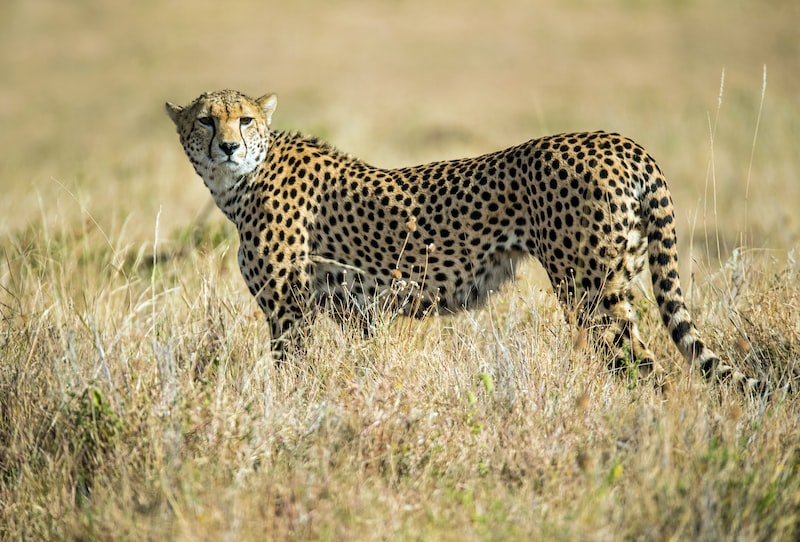
Ultimately, the choice of the ideal season for your African safari depends on your preferences and what you wish to encounter. Each season has its own charm and offers distinct experiences. Whether you’re mesmerized by the Great Migration or yearn for close encounters with the Big Five, Africa’s wildlife awaits you, ready to leave an indelible mark on your soul.
So, when will you embark on this extraordinary journey? Get ready to immerse yourself in the wonders of the African wilderness, where adventure and amazement await at every turn.


